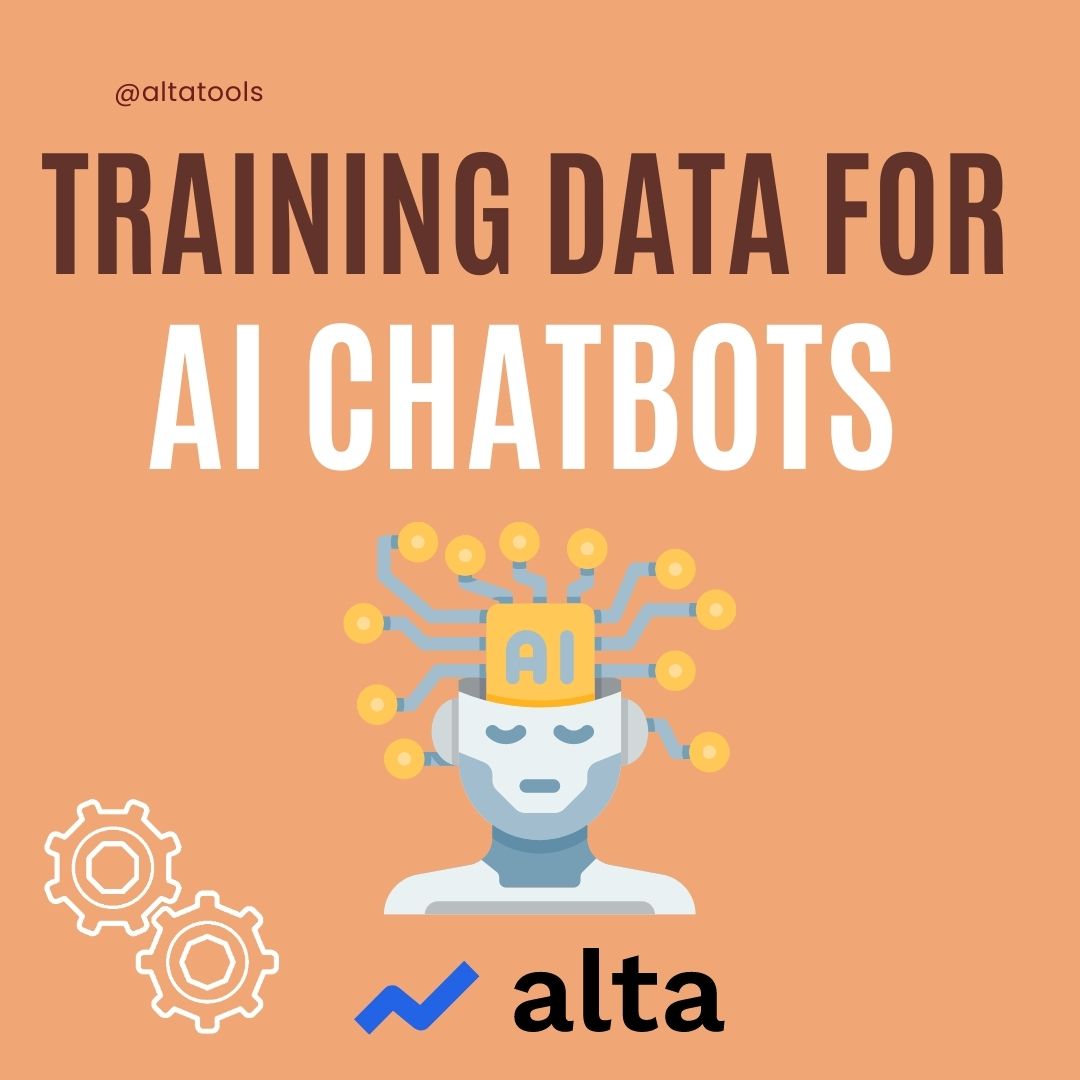

Building your own chatbot can be a great way to create a customized conversational agent tailored specifically for your business needs. However, one of the most crucial components in developing an effective, intelligent chatbot is providing it with quality training data. While modern chatbots have access to powerful language models like GPT-3, much of the customization and fine-tuning of the chatbot still comes from the training data that the model can reference to answer specific questions.
The training data is what gives the chatbot the required context about your business, products, services, and customers to have meaningful conversations. It needs a solid dataset to learn from in order to handle the wide variety of potential interactions and questions users may have. Training data for a chatbot can be in multiple formats - from chat transcripts to documents and more. The key is collecting relevant, high-quality data that encompasses the topics and conversations your chatbot will need to engage in.
Here are some recommendations on the top sources to get quality training data for your chatbot project:
If your business already has live chat, phone, or email conversations between customers and human agents, these logs can provide ideal training data for your chatbot. Real customer service transcripts, sales call records, email exchanges, and any other text-based interactions your team has had all capture the types of conversations your chatbot itself will need to handle.
You should thoroughly look through these chat logs across departments like customer support, sales, HR, billing etc. Identify common questions, topics of confusion, vocabulary/terminology, and conversation flows. Then, extract and compile these real customer interactions into a structured training dataset for your chatbot. This will allow the chatbot to learn from real-world examples of how customers express issues and interact with agents, going beyond just textbook responses.
The more variety of conversation types you can pull from logs across channels, the better training data you will have. But focus on extracting logs where customers ask relevant questions about your business. This will also save time, as it doesn't require you to manually create conversations from scratch.
When training your chatbot, incorporating key documents, PDFs, and other written materials can be extremely useful, as they provide structured data that can be easily integrated as training data. For any business, your terms and conditions, privacy policies, help articles, FAQs, and other documentation likely already answer many common questions customers may have. These documents cover important topics like returns, warranties, subscriptions, which makes them long and cumbersome for customers to read.
By including these documents into your chatbot's training data, it can learn to extract the most important information and answer customer questions accurately. For example, when asked about refund policy, the chatbot can pull the relevant excerpt from the terms and conditions rather than trying to summarize it itself. Furthermore, it allows the chatbot to always give responses that are fully compliant with business policies, as opposed to paraphrasing and offering error-induced answers.
Chatbots designed for general topics or for providing recommendations can greatly benefit from published documents found on the internet as training data. For instance, chatbots focused on subjects like history or science may need access to online textbooks. Furthermore, blog posts available online can serve as extremely valuable data, as they typically contain personal anecdotes and experiences that users would appreciate hearing from a chatbot. As an example, a chatbot designed to recommend tourist destinations in Europe could include travel blogs written by people who have actually visited those locations.
Any type of blog post or article can easily be turned into a usable pdf by pressing Control P (or Command P on a Mac) and saving the page as a pdf file. The key with designing these types of chatbots is that the chatbot should have access to real-world narratives and recommendations. Otherwise, it will generate its own robotic responses that bombard the user with information that can sometimes be inaccurate. However, with carefully chosen documents, chatbots can sound human-like, personable, and knowledgeable, thus providing a better experience for your users
In conclusion, building an effective chatbot requires high-quality training data that encompasses the topics and conversations the bot will need to handle. While creating datasets from scratch is time-consuming, businesses likely already have access to great sources of training data in their existing customer interaction logs across channels. Additionally, a company's own documentation like help articles and terms of service provide structured data to train the bot on key policies and topics. Finally, designed to have more general conversations, published content like textbooks or travel blogs can add useful narratives once converted into pdfs. Ultimately, training data is what gives chatbots the contextual knowledge to have natural dialogues and provide intelligent responses.